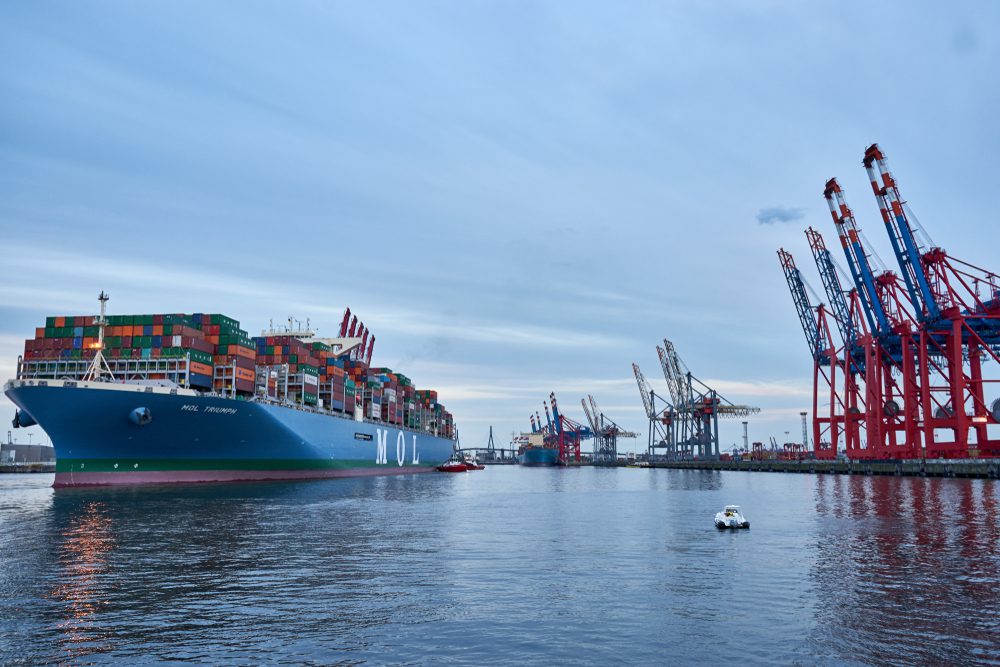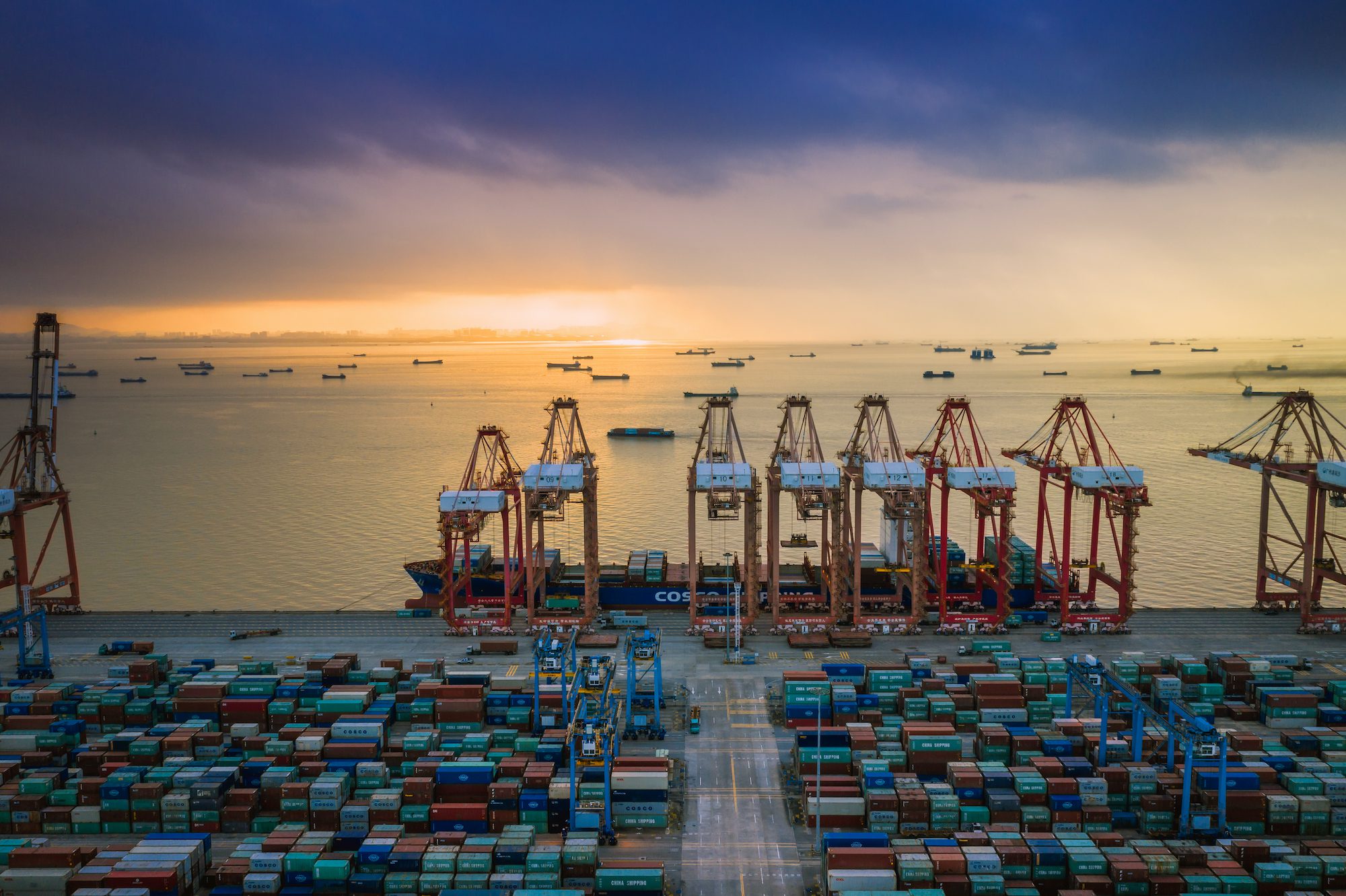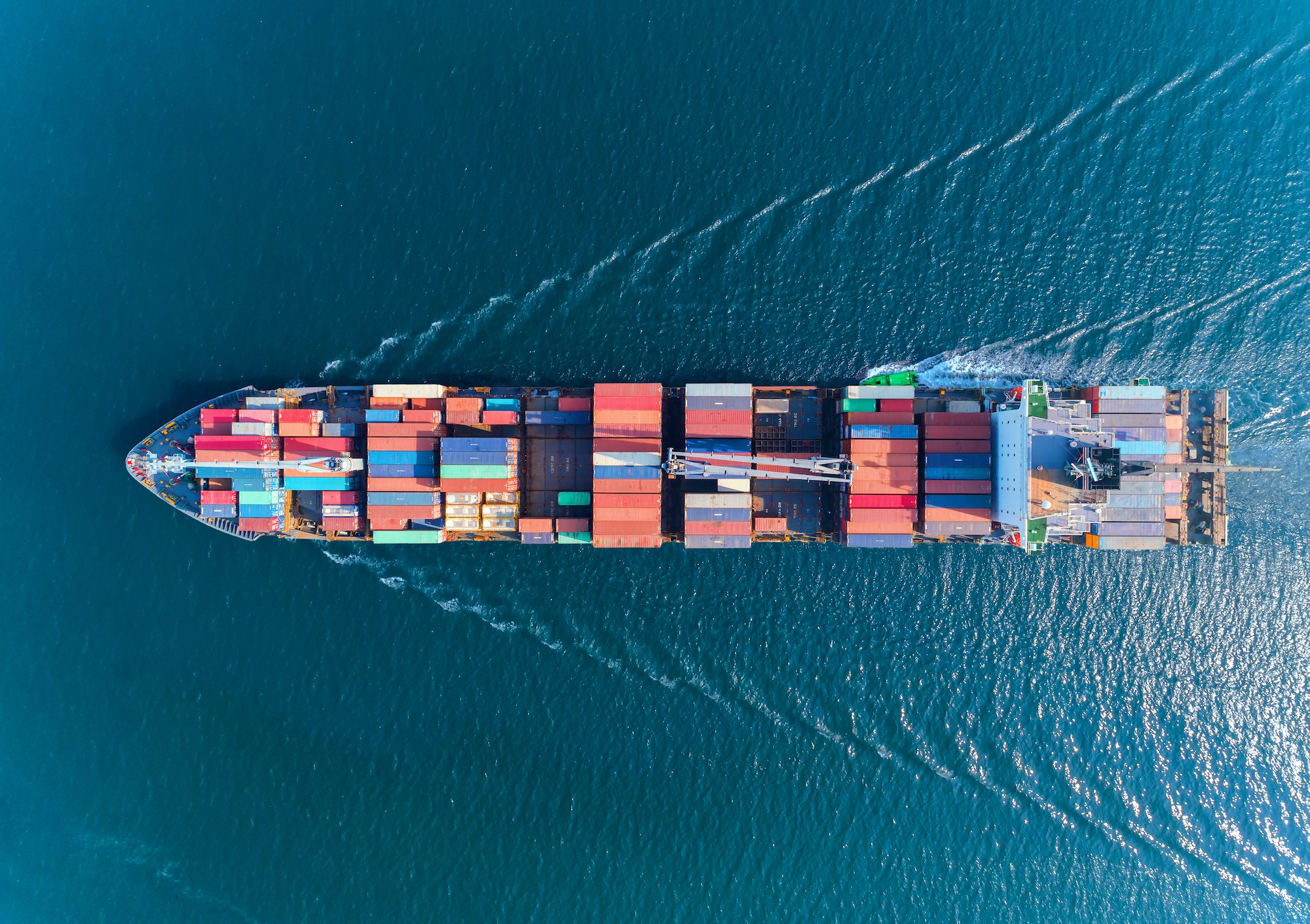By Erica Yokoyama and Tsuyoshi Inajima (Bloomberg) —
Some of the biggest industrial companies in Japan are working on a project that could trigger a wave of investment into one of the most controversial forms of carbon capture: methanation.
Shipping giant Mitsui OSK Lines Ltd. (MOL) is leading a working group of nine Japanese companies including steelmakers Nippon Steel Corp. and JFE Steel Corp. to assess the viability of producing and using methane to power “zero-emission ships” instead of liquefied natural gas or other fossil fuels, including a fleet of new vessels that would transport carbon dioxide for processing.
Methanation is “the most realistic solution” for MOL to achieve net-zero emissions by 2050, Takeshi Hashimoto, chief executive officer said in an interview. “The challenge for the next 1-2 decades is whether the company could turn the technology into a sustainable and practical solution” by reducing the cost, he said.
Discovered over a century ago by French chemists, methanation is a two-part process to convert carbon dioxide and hydrogen into methane. The hydrogen can be produced by splitting water using renewable energy such as wind or solar power. The hydrogen is combined with CO2 and the resulting methane can be used as a fuel in ships or power plants.
Yet the costs of producing and transporting the gases and the technical hurdles have so far kept the process largely at an experimental level. That may change as demand for carbon-neutral energy increases.
One of methane’s advantages over alternative fuels such as ammonia and hydrogen is that it can more easily use existing natural gas infrastructure, said Hashimoto. Another is that it can effectively store excess energy created by solar and wind power as methane. When the gas is burned to produce power, the CO2 captured earlier is released back into the atmosphere, making it carbon neutral.
For shipping, the task of finding an emission-neutral fuel is critical because onboard solar and wind systems don’t generate enough energy to propel large vessels. In 2018, the International Maritime Organization set a target to reduce greenhouse-gas emissions in shipping 50% by 2050 and eliminate them completely as soon as possible this century. Japan’s land ministry wants zero-emission ships to be operating by 2028.
“The working group aims to get the project in shape in 7-8 years to meet the land ministry’s goal,” said Hirohiko Oyabu, an assistant to the director of the technical division at MOL.
Life-Cycle Emissions
The MOL-led group is conducting a life-cycle assessment of methanation and “is working to remove difficulties step by step to make the technology feasible,” Oyabu said. It expects to produce a report on initial progress this summer.
Because renewable energy is expensive in Japan, the methane may need to be made overseas. That would mean developing special vessels to transport the CO2. Key to commercialization would be the viability of shipping CO2 long distances as well as the price of the hydrogen.
Balanced against those expenses is the rising cost of failing to curb emissions as regulations tighten. That may propel the technology “to the next stage, including commercialization,” Oyabu said. “Fuels with less CO2 emission will be valued more in the future.”
A competitor to methane is LNG, which emits 20-30% less CO2 than vessels using oil allowing shipowners to cut emissions with proven technology. Of the 804 vessels MOL operated as of December, 96 were fueled by LNG.
The number of LNG-fueled ships, including those on order, is expected to double worldwide by 2027 from 2019, the company said. That could make LNG an interim choice until a true emission-neutral solution emerges.
“A zero-emission fleet is only commercially viable if zero-emission energy sources are competitive with traditional fuels,” said Johannah Christensen, managing director of the Global Maritime Forum.
There were around 38 active methanation projects around the world as of 2019, mostly in Europe and the U.S., according to research at the Technical University of Applied Science in Regensburg, Germany. Three pilot plants were set up in Germany, Italy and Switzerland after four-years of research into the technology under the EU’s Horizon 2020 research effort.
Automaker Audi AG has been experimenting with methane-powered vehicles for almost a decade and sells versions of its A4 Avant and A5 Sportback that run on the fuel, made using wind power at a plant in Werlte in North Germany.
Innovation Fund
In Japan, interest in methanation increased after the government established a $19.2 billion green innovation fund last year, looking at technologies spanning everything from carbon recycling to ship propulsion as part of its 2050 zero-emissions goal.
Oil and gas company Inpex Corp. and industrial conglomerate Hitachi Zosen Corp. have built a pilot facility at Inpex’s Koshijihara gas production plant in Niigata Prefecture. Commissioned by state-run New Energy and Industrial Technology Development Organization, the four-year-old project makes about 47 tons of methane a year, and Inpex plans to ramp it up to commercial operation of about 350,000 tons after 2030.
“Compared to ammonia or liquid hydrogen, methanation could be implemented with considerably lower capital investment,” as we can use many existing facilities, said Tatsuki Wakayama, a principal project engineer at Inpex’s renewable energy and new business division.
Utility Osaka Gas Co. is working on a way to produce methane by electrolyzing water vapor and CO2 simultaneously using a Solid Oxide Electrolysis Cell. The company claims the system is more efficient and announced a successful prototype in January.
Critics argue that even with advances in technology, methanation will struggle to compete with LNG. Imported LNG costs around $8 per MMBtu in Japan, a price methane would struggle to beat even if solar costs were free, said Syed Naqvi, executive director at IHS Markit. “Methanation could be economical if hydrogen is obtained as a byproduct from somewhere,” he said.
Inpex says renewable energy would ideally be around 2-3 yen/kWh (2-3 cents) or less for commercialization, compared with a current price of about 13.6 yen/kWh in Japan. In Saudi Arabia and Chile, solar power costs as little as 2-2.5 yen/kWh.
–With assistance from Isshu Kikuma and Takaaki Iwabu.
© 2021 Bloomberg L.P.

 Join The Club
Join The Club











